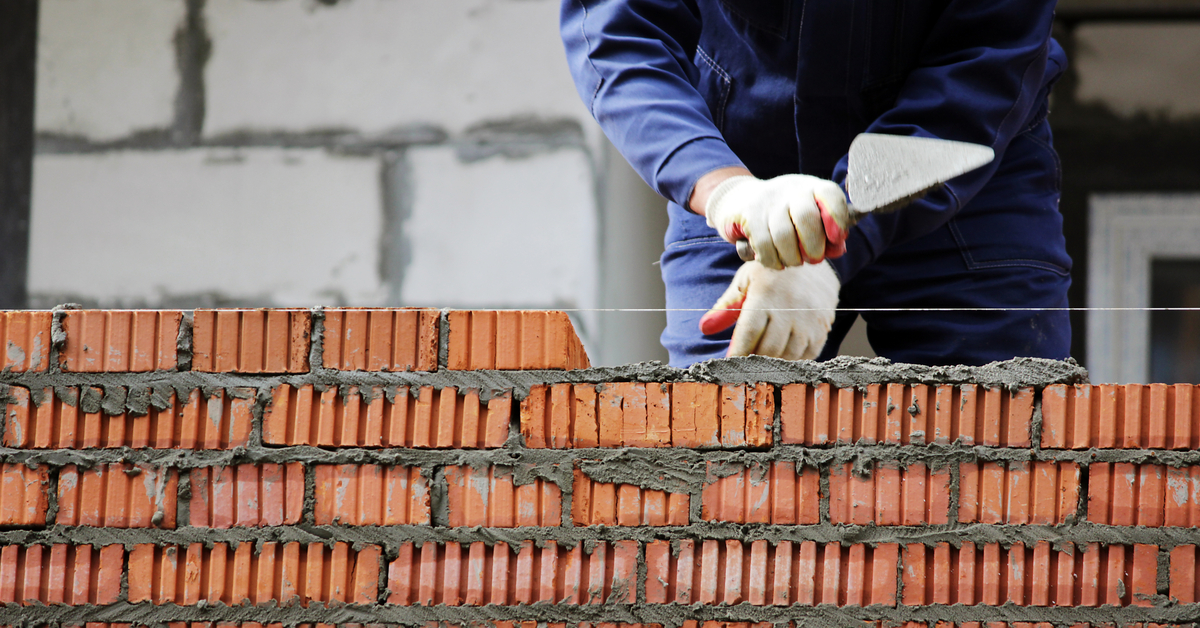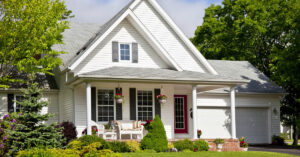Residential construction starts plunged month over month in March, according to the latest data from the U.S. Census Bureau and the Department of Housing and Urban Development.
Privately owned housing starts came in at a seasonally adjusted annual rate of 1.32 million, down 14.7% from February’s revised estimate of 1.55 million and 4.3% from the 1.38-million-unit pace in March 2023. Single-family starts accounted for much of the slowdown, falling back by 12.4% in March to close the month at an annualized pace of 1.02 million units.
Wells Fargo economists Charlie Dougherty and Patrick Barley theorized that the building pullback was due to inclement weather in some parts of the United States, as well as the early Easter holiday. But they also noted the slowdown in housing permits, which decreased by 4.3% in March, falling to a rate of 1.52 million units. Single-family permits dropped to a rate of 973,000, down 5.7% month over month.
‘The broad-based weakening in permits suggests builders and developers might be becoming less optimistic about prospective demand given persistent inflation and the potentially higher-for-longer interest rate environment,” Dougherty and Barley wrote in Wells Fargo commentary.
“Builders are grappling on several fronts as the inflation fight continues,” said Carl Harris, chairman of the National Association of Home Builders (NAHB). “Higher interest rates are increasing the cost of housing for prospective home buyers and raising the development and construction cost for builders of homes and apartments. At the same time, shelter inflation is rising faster than overall prices due to supply-side challenges.”
Other observers likewise noted that while the market appears to be stalling, there are still positive markers to be taken from the most recent construction figures.
“The March housing starts data signals a loss of momentum for single-family construction, but perspective is important – single-family groundbreaking is still up 21% compared with a year ago and is more than 20% above the five-year pre-pandemic average,” noted Odeta Kushi, deputy chief economist from First American Financial Corp.
“While elevated mortgage rates continue to throw a wrench into housing markets and expectations of housing starts, home builders remain optimistic and will continue to add more single-family homes over the course of the year,” said Selma Hepp, chief economist at CoreLogic. Builder sentiment, as measured by the NAHB/Wells Fargo Housing Market Index (HMI) was flat in April at a reading of 51; the lack of movement broke a four-month streak of increases for the index, which nonetheless stayed above the breakeven point of 50, indicating positivity regarding the market.
“Despite the challenges, the new-home market will likely continue to outperform the existing-home market over the near term because, unlike existing homeowners, builders are not rate locked-in,” Kushi said.





